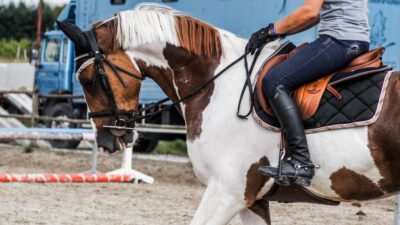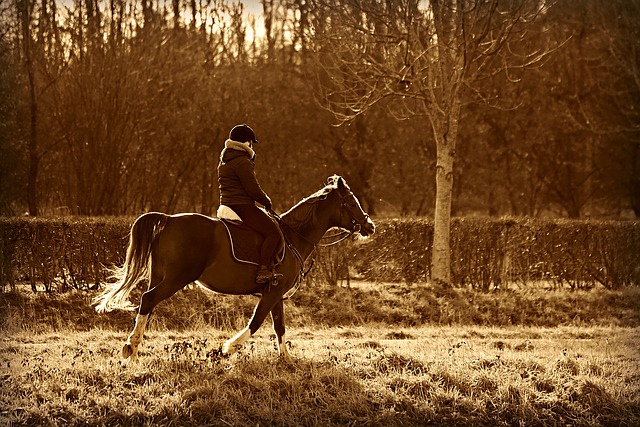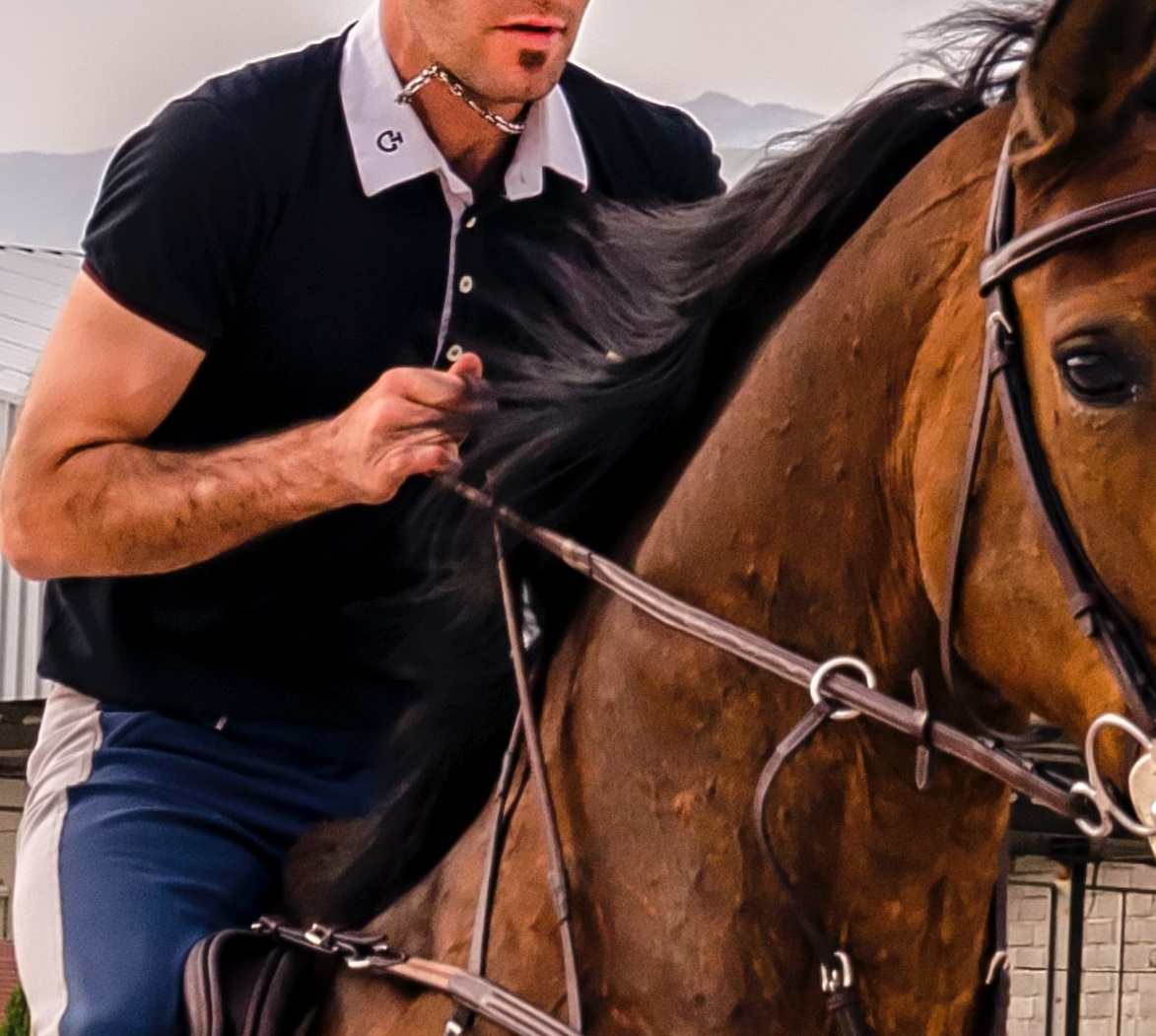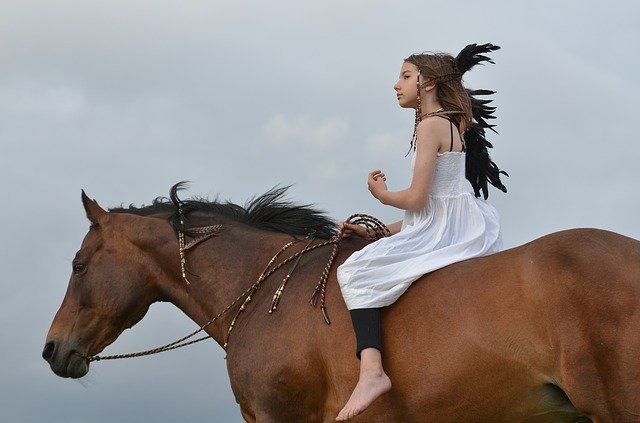Exercises to Improve Your Hands While Riding
In the last post, we talked about how to use your hands and aids when riding.
In this post, we discuss multiple exercises to fine-tune your hands and practice making them effective communicators.
Whether you’re learning yourself or an instructor, these exercises help riders become more aware of their hands and the role they play in riding.
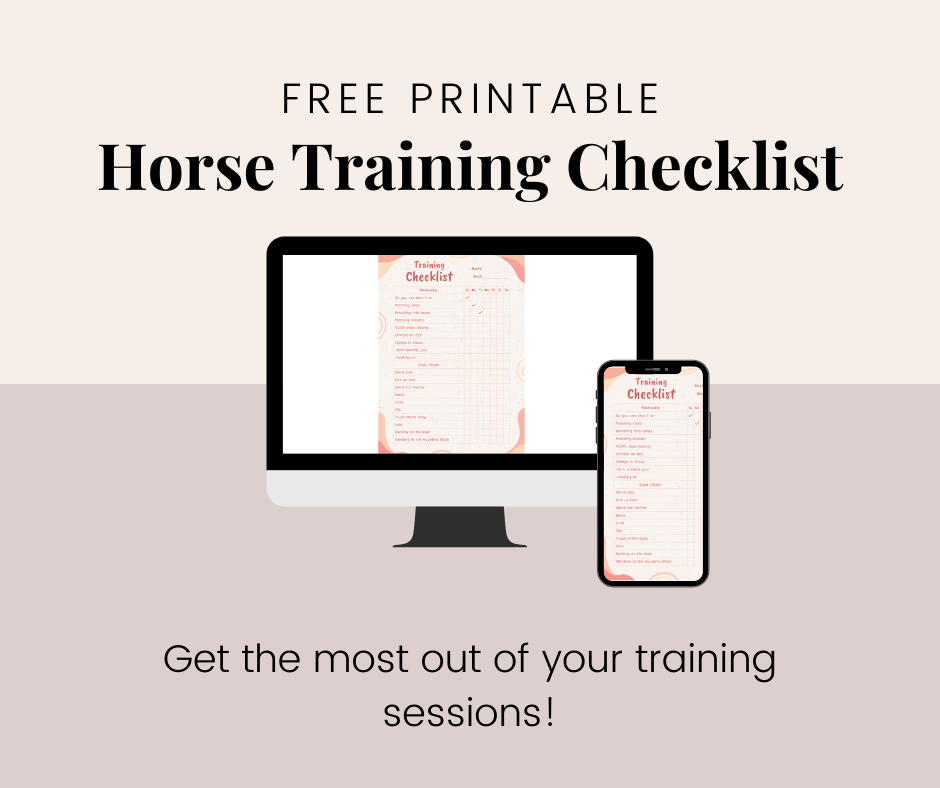
Exercises to Improve Your Hands as Aids
Exercise 1 – Stretching
This exercise can be done while driving, or periodically throughout the day, with or without a horse.
But it’s also a good exercise to do before and after riding – if only as a mental reminder.
Slowly open and close your hands, feeling each joint individually.
Notice how stiff they are, or any resistance you may have.
Are there any joints that are difficult to control?
Exercise 2 – Long Arms
Imagine that your forearms are crazy extra long and can actually reach all the way to the corners of your horse’s mouth.
Your fingers would gently wrap around the corners of his mouth.
Exercise 3 – Vertical Whips
Rotate your hands inwards and outwards.
You have two bones in your forearm.
When your hands are facing down, they cross over each other, which will limit the range of motion in your wrists.
When your hands are vertical, the two bones are nearly parallel, giving you much more flexibility in your wrists.
To practice getting a feel for this, ride with two dressage whips in your hands, pointing down.
They should just lightly rest on your horse’s shoulders.
If they come off the horse’s shoulder, it’s because your hand has turned in and is leaning horizontally.
Exercise 4 – Baby Chicks
As for the tightness of your grip, imagine you are riding holding two baby chicks in your hands.
You must hold them tightly enough that they do not fall, but loosely enough that you don’t crush them.
Can you engage the reins without crushing your baby chicks?
Are you holding your chicks upright, so that their heads come out between your index finger and thumb?
Or do you rotate your hands inwards, threatening to bang the baby chicks’ heads against each other?
Exercise 5 – Red Palms
After you’ve been riding for at least 20 minutes, look at the palm of your hands.
Are they red at all?
Your fingertips should just barely touch the palm of your hand.
If you’re squeezing too hard and pushing your fingertips into your palms you’ll see a red mark.
Exercise 6 – Water Hoses
When riding, our horse’s hind-end is his engine (where the power and propulsion) comes from, and his forehand is the steering wheel.
While assisting in steering left and right, the hands will also restrain the horse’s head into a light contact and create a frame or the collection we’re looking for.
This collection can only be true if the impulsion from the horse’s hindend is there.
But instead of envisioning our hands as stop signs or brick walls, we need to envision them as water hoses, with the water (the horse’s impulsion) coming through our seat, arms, hands and reins to the horse’s mouth.
When a horse is properly going collected, he should be sprung like a bow – and in fact, his tail and the tip of his nose come closer together, like the two ends of a bow, and his back raises (like the middle of the bow).
Imagining your arms and hands as the energy flowing from one end of the bow to the other will ensure your hands restrain, while also listening and allowing.
Exercise 7 – Into the Neck of the Horse
If you find your hands raising with your body as you post the trot, this is a very common issue for beginners.
To practice and get a feel for how much your shoulders and elbows must bend at a trot, try pushing your knuckles into the neck of your horse.
This simulates your hands being still, and your elbows and shoulders will have to open to keep your hands there.
This will allow you to internalize the feel for it and begin to use it without pressing your hands into your horse’s neck.
Exercise 8 – Listening Hands
Have you ever listened to your horse through your hands?
Before we can begin a conversation we must first be willing to listen.
Pick up a light contact with the reins and simply “listen” through your hands.
Are you picking up any energy from the horse?
Is he vibrating?
Dull?
Is he testing, or asking questions through the reins?
I begin every ride by listening, and you’d be amazed and how that opens up our conversation for better riding.
Now that you’ve nailed down the best use of your hands, we can talk about other riding aids!
